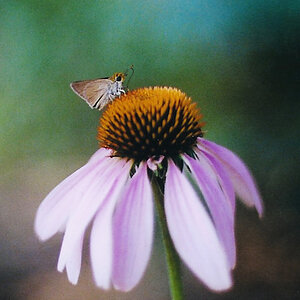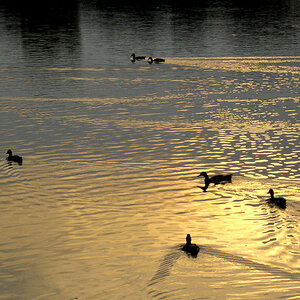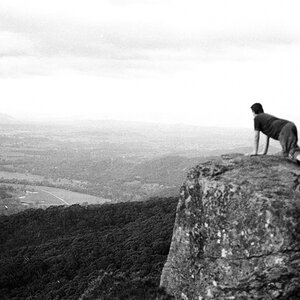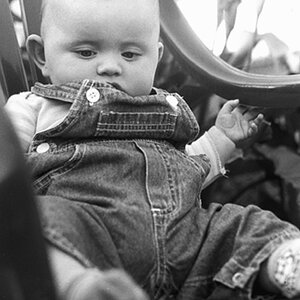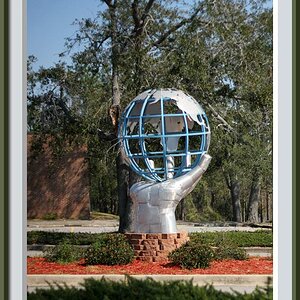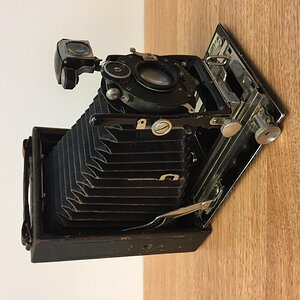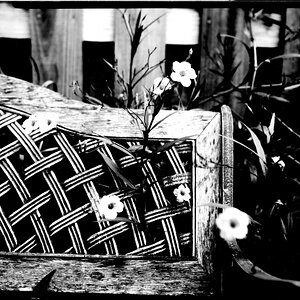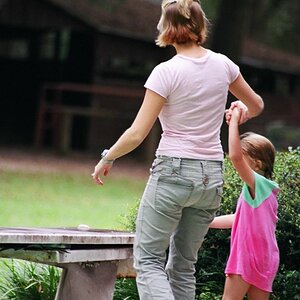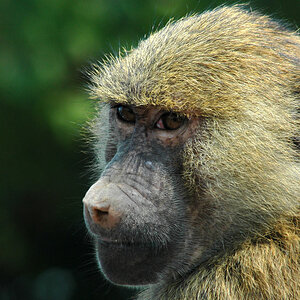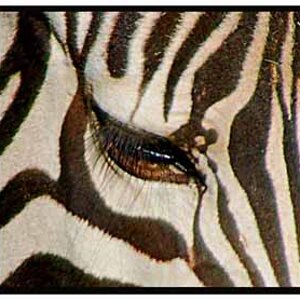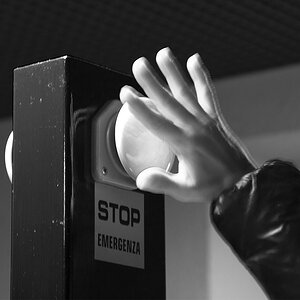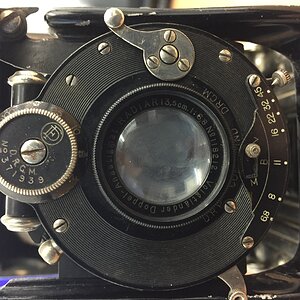onedayillknowbetter
TPF Noob!
- Joined
- Nov 12, 2007
- Messages
- 122
- Reaction score
- 0
- Location
- Chicago
- Website
- www.carolinedixey.com
- Can others edit my Photos
- Photos NOT OK to edit
I just got my second job working in Nightclubs; the last job I had like this was over a year ago, and I did not get to retain any rights to the photos I took. This is different now, and I have full rights, and am responsible for uploading them. The only thing is, the photographer who hired me told me my pictures were too dark, when I thought they were over exposed.
For the next time I work in a club, so I don't spend hours at the computer with the photos, does anyone have any helpful hints when shooting in nightclubs or bars? I want to have properly exposed people, but still capture the lights in the club. I shoot with a Canon 40D, 18-55mm stock lens, 50mm 1.8, and 28-135mm IS lenses and a Sigma EF-500 DGST.
Recently, I took most of my photos at ISO 1600, firing the external flash, and exposing the picture on Tv setting at 1/10 sec. Here is one of the images I got the other night

Any help at all is appreciated!
For the next time I work in a club, so I don't spend hours at the computer with the photos, does anyone have any helpful hints when shooting in nightclubs or bars? I want to have properly exposed people, but still capture the lights in the club. I shoot with a Canon 40D, 18-55mm stock lens, 50mm 1.8, and 28-135mm IS lenses and a Sigma EF-500 DGST.
Recently, I took most of my photos at ISO 1600, firing the external flash, and exposing the picture on Tv setting at 1/10 sec. Here is one of the images I got the other night

Any help at all is appreciated!




